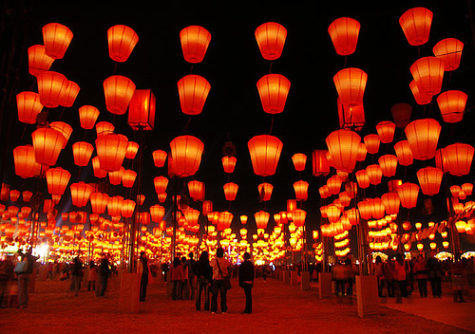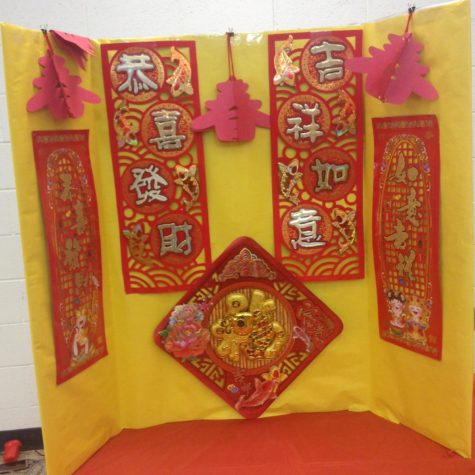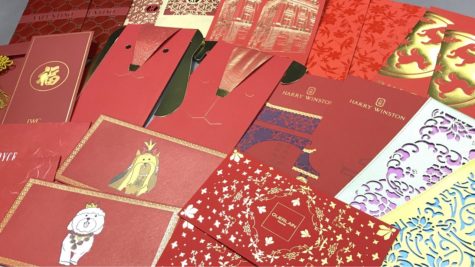Chinese New Year
February 16, 2018

Today on Feb. 16 marks the beginning of Lunar New Year. Despite the adoption of the Western calendar and celebration of Jan. 1 as the beginning of the new year, many Asian countries are gearing up to start the festivities. But for people who typically associate the new year with the beginning of January, what is Chinese New Year, or Lunar New Year?

Typically, Chinese New Year is about sixteen days depending on the calendar ;which changes each year. The festivities usually happen in January all the way into February. Mrs. Liu, a Mandarin teacher here at ERHS, detailed that, “Chinese New Year is a time for family, gathering, and reunions; and a happy time to welcome the spring. And to also wish for a healthy, prosperous new year.”Both Mrs. Liu and Mrs. Chuang, a fellow Mandarin teacher at ERHS, along with students, worked hard to transform the cafeteria into an event where people can explore the different activities involved in Chinese New Year like lantern making, and Chinese calligraphy.

During the annual ceremonies, relationships play a key role. It is expected that the Lunar New Year would be spent around family, and friends; mostly eating lots of delicious food. Children receive red envelopes with money inside, usually given to them by relatives and parents. “It’s money for them to put under their pillow, and to spend later, or to save it.”, says Mrs. Liu. The money that people receive is lucky, and suppose to ward off monsters. On New Years Eve, families have reunion dinner is meant to bring them together.
They seemed to work diligently to try and kick off the new year with good fortune. Mrs. Liu even kindly explaining to me that, “Before you celebrate Chinese New Year, you have to clean, like clean your entire house and everything else. It’s suppose to symbolize cleansing yourself, and preparing for the new year.” Something that was apparent was the vibrant red hues littered all throughout the sixteen long celebration.
I asked Mrs. Liu about the symbolism behind the color red and she recounted, “There’s a story about a monster called a Year, and every year he went around and invaded or attacked villagers, it was very scary. Then one day a man discovered that if they put a lot of red decorations up, it would scare the monster away. It worked, so from then on, they started to hang up red decorations to keep the monster away, and he never came back.”
As the Year of the Dog begins for Asian-Americans, and people in different parts of Asia, The Spring Festival will include music, family, fireworks, and good fortune for all.


